The Swan-Daughter, the second novel in The Daughters of Hastings series was published in July as an e book by Accent Press and it will be published on 11th December as a paperback. The Swan-Daughter is the story of King Harold’s youngest daughter, Gunnhild. I write about her here.
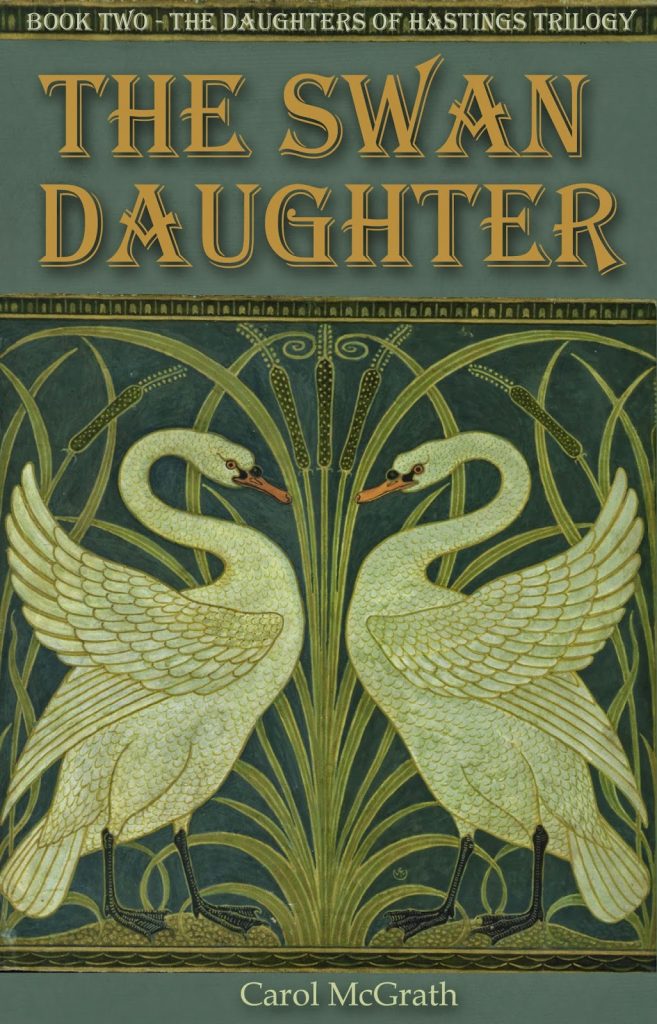
Her story is very romantic and like her mother, Edith Swan-Neck’s story, parts of it have been the subject of legend. There was even the possibility that she was a model for some of the Breton versions of the Guinevere story. Guinevere did not enter the Arthurian legends until much later on.She was not in the version of the story as given by the early 12th century historian, Geoffrey of Monmouth. Monmouth’s stories of King Arthur, the knights and the quest for the Holy Gail were designed to mask the more ghastly events of the first crusade. He was an early ‘spin’ historian!
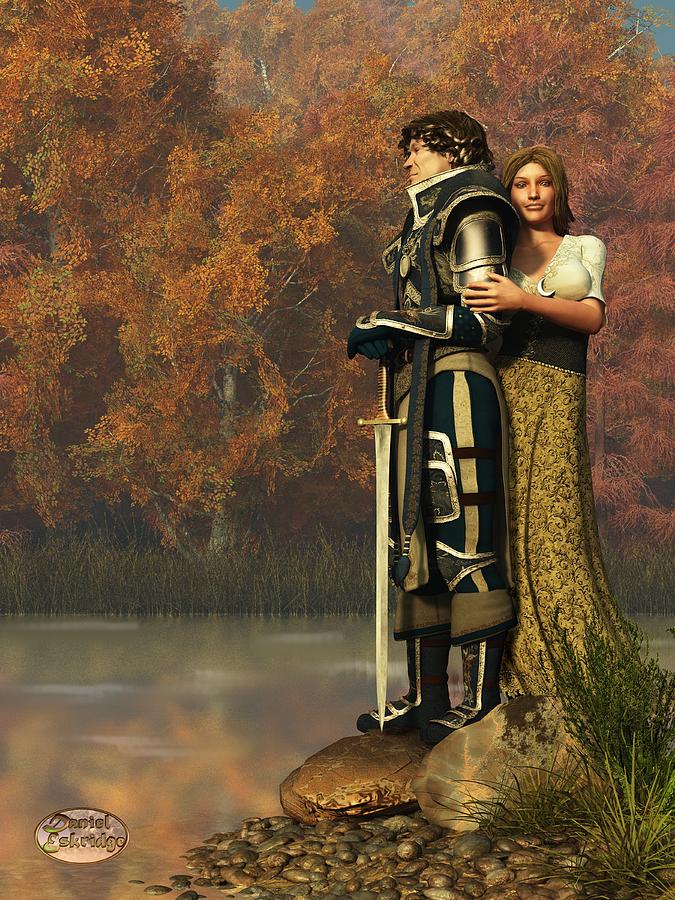
I researched where I could in Chronicles resourced on the shelves of the Bodleian Library Oxford in order to find concrete information about Gunnhild. I discovered that she really did elope from Wilton Abbey with Count Alan of Richmond (Alain of Brittany) and that she was later involved with his brother, Alan the Black whom I call Niall in the novel. This history is documented by Oderic Vitalis in the early 12th century. Other evidence for the elopement and her relationship with Alan’s brother is a correspondence between Gunnhild and Archbishop Anselm of Canterbury. This is an archived correspondence in which the Archbishop tells Gunnhild not to live with Count Alan’s brother but instead to return to the abbey of Wilton. These sources are the bones, the skeleton of my story The Swan-Daughter. Into this I integrate politics that followed the Conquest of 1066, for instance- The Earls’ Rebellion of 1075, Domesday Book 1085 and King William’s troubles with his son, Robert which occurred in the late 1070s and again during the 1080s.

I decided to parallel the story of Gunnhild, Niall and Alan in The Swan-Daughter with that of Tristram and Iseult. In the story of Tristram and Iseult, Tristram who later becomes one of King Arthur’s knights, kills a dragon and seeks a wife for his uncle Mark of Cornwall. Iseult’s maid, either by accident or design depending on the version you read, gives the couple a potion intended for Iseult and King Mark. It would cause them to fall in love at first sight. This leads to a famous literary love triangle and an impossible situation. It leads to many circuitous adventures in true romance tradition.
Medieval romance was emergent in stories and in song by the end of the eleventh century. These early medieval romance stories were written down in the vernacular Norman French. Romances were long narratives of adventure that combined the real and the improbable. They appeared in Britain a few years after they originated in France, written down in Norman French for the descendents of those barons who had landed with William the Conqueror. Other romance tales were recorded in Occitane, a language of the French south. Troubadours carried this vernacular romance literature from Spain to the court at Aquitaine where they became popular during the first half of the twelfth century.
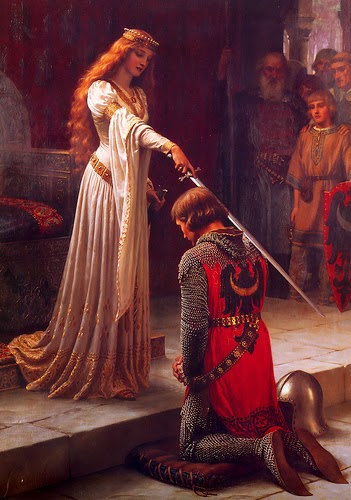
Medieval romance quickly becomes associated with the notion of chivalry, the rules of knighthood and the idea of setting up ‘the lady’ as an image of virtue and of love, actually dichotomy since woman was also seen as the temptress, the daughter of Eve. A knightly quality was to fall in love, usually with another’s wife and certainly not his own wife. This was unsurprising really in a society where marriages amongst the nobility were arranged and their objective involved the transfer of land. As for ‘the lady’ who was the subject of such love, she could behave as unobtainable and disdainful as she wished. This love was not sexual but ideal and pure, at least for the most part. The veneration of the lady was tied up with the popular cult of the Virgin Mary, the mother of Christ, the ideal woman who had a virgin birth. Chapels were dedicated to the Virgin Mary. Flowers were named after her. Pilgrimages were made to shrines dedicated to her. She is always depicted as wearing blue the colour of purity. Gunnhild is no Virgin Mary. Throughout The Swan-Daughter she is haunted by guilt for her love of Count Alan’s brother. She becomes Iseult to his Tristram.

An interesting subject of legend who has recently had a resurgence in historical novel form is Robin Hood. My first introduction to Robin Hood was Richard Green blowing his horn through Sherwood Forest’s greenwood and calling his band of merrie men to stirring adventures in the 1960s television series Robin Hood. There are six major sources for the legends of Robin Hood, A Geste of Robyn Hood, Robin Hood and Guy of Gisborne, Robin Hood and the Curtal Friar, Robin and the Monk, Robin Hood and the Potter and The Death of Robin Hood. All of these works were written after the period that is usually ascribed to Robin of Sherwood. His time period appears to run from the last years of the reign of King Henry II around 1185 through the reigns of King Richard I, King John and ends during the reign of Henry III after 1235. In popular legend his death is circa 1247. Some sources do suggest a wider time frame. Local legends spring up about Robin Hood and the majority of these date from 200 years after the core legends were recorded. Unlike Gunnhild’s story where there are snippets of her story recorded in chronicles it is difficult to establish the historicity of Robin Hood. It is likely that he was a real man who existed in history and not just in folklore. He is however essentially a legendary character. The following three fabulous writers have taken Robin Hood and turned him into their own successful stories.

Steven A. McKay The Wolf and the Raven is the second in a series about the outlaw. These Robin Hood stories are, interestingly, set during the fourteenth century when the legends were first recorded. The books are great fun. I absolutely love them. If, like me, you are a ‘Robin’ fan read them.
Angus Donald The Rise of Robin Hood This is the first of a series of which Angus has written four. They are superbly written. I recommend these novels highly for the adventure and the quality of Donald’s writing style.
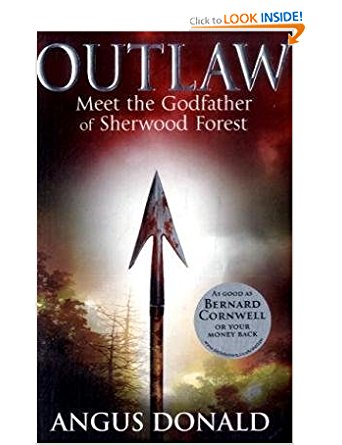
Adam Thorpe Hodd Who was Robin Hood? In the form of a medieval document Thorpe gives us the story of a free spirit and a not very pleasant outlaw. It is literary, superb and well worth reading.
Jenny Kane Romancing Robin Hood This one has a heroine who like myself is fascinated by Robin Hood ever since she saw the stories on TV as a girl. She is a successful academic who is supposed to be writing a text book about medieval criminals. She keeps getting drawn into the world she is writing. There is a present day story with a linked love story to engage the reader also. I cannot wait to read this as it promises great fun. It will be released on 5th September but is available on amazon pre order. I love the cover too. Find Jenny Kane here: http://tinyurl.com/mdnskdj
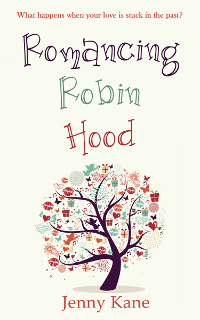
Finally, I wonder which legends and myths interest you as readers and perhaps writers most of all. Do comment. I have a complementary i tunes download available if you comment here or via my website :
www.carolcmcgrath.co.uk.
Do not forget to leave a contact email.




